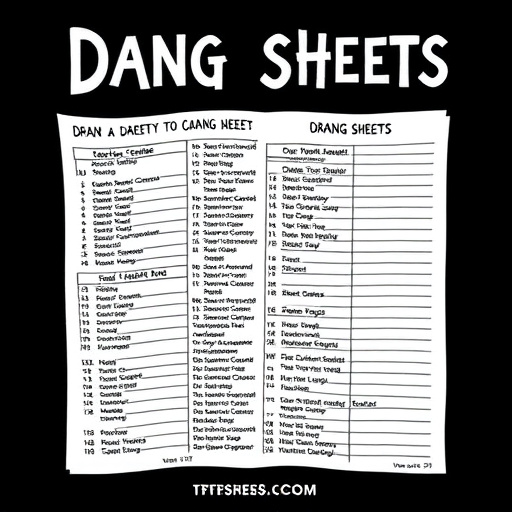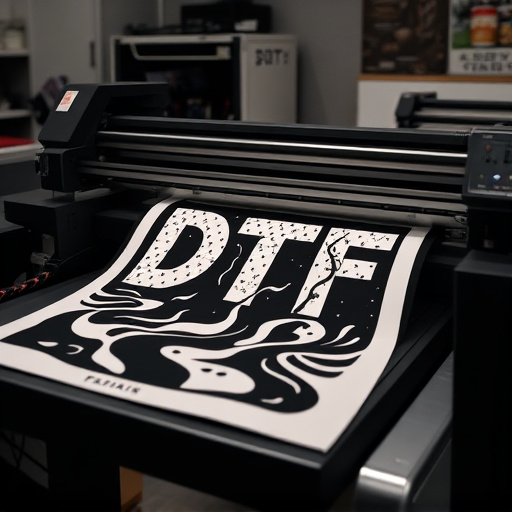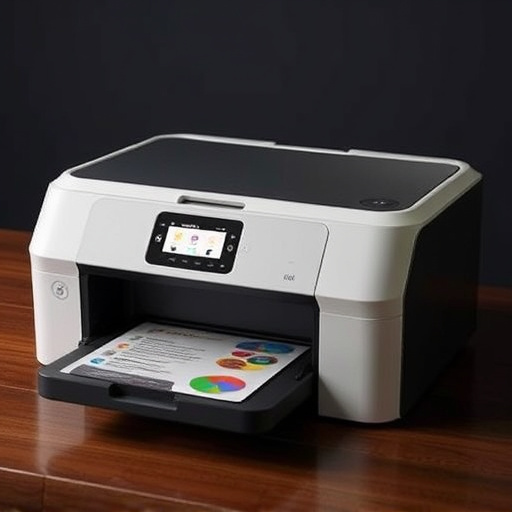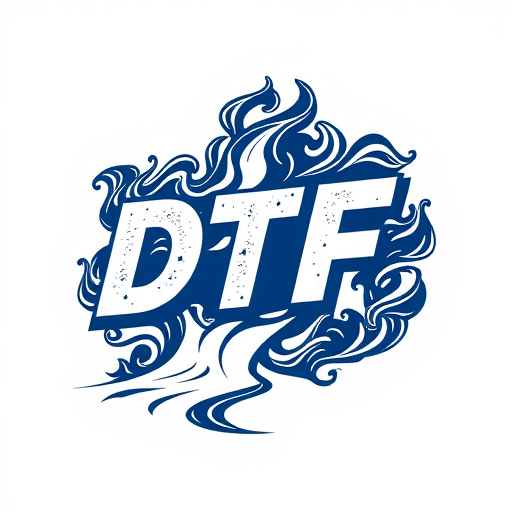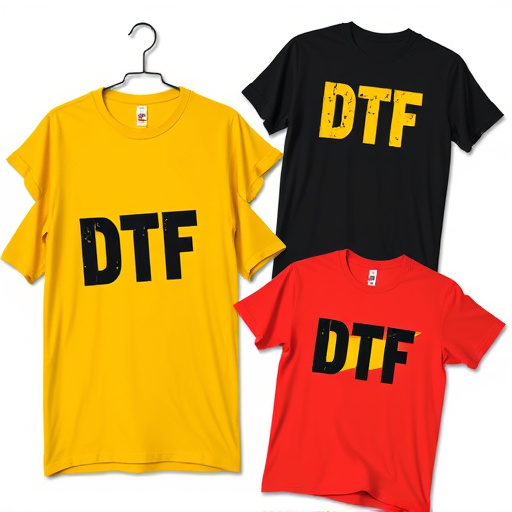DTF Garment Printing, powered by Digital Direct-To-Garment (DTF) technology, has revolutionized apparel production. This cutting-edge method bypasses traditional screen printing, employing high-res printers and transfer sheets for swift, precise printing on diverse fabrics. Its popularity stems from the ability to create personalized, intricate designs on demand, suitable for bulk orders or small batches. DTF stands out for its speed, cost efficiency, and environmental benefits, making it a game-changer in both fashion statements and promotional merchandise.
The world of garment printing is undergoing a digital revolution, and at the forefront of this change is DTF (Direct-To-Garment) technology. This innovative process is gaining rapid popularity across industries due to its versatility, efficiency, and cost-effectiveness. DTF printing offers a seamless way to transform designs into high-quality garments, appealing to both brands and designers seeking unique, customizable products. From its cutting-edge technology to its environmental benefits, this article explores why DTF Garment Printing is set to define the future of the industry.
- The Rise of Digital Direct-To-Garment Printing
- – Exploring the technology behind DTF printing
- – Advantages over traditional methods
The Rise of Digital Direct-To-Garment Printing
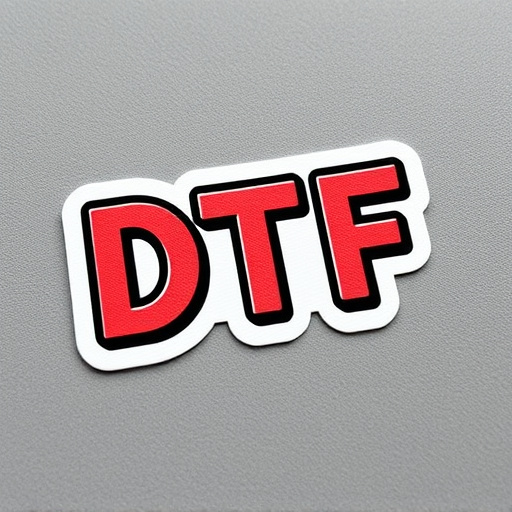
The digital age has revolutionized many industries, and the garment printing sector is no exception. The rise of Digital Direct-To-Garment (DTF) Printing is transforming how businesses approach custom apparel. This cutting-edge technology allows for incredibly detailed and vibrant designs to be applied directly onto fabrics, enabling a level of creativity and efficiency previously unattainable. DTF printing has swiftly gained popularity due to its ability to streamline the production process, making it an attractive option for both small businesses and large-scale operations.
With advancements in digital printing, DTF garment printing offers unparalleled speed and precision. It eliminates the need for traditional screen printing methods, replacing them with modern, high-resolution printers that use DTF transfer sheets or film. This evolution has led to a surge in demand for bulk DTF shirt production, as businesses can now create personalized garments at a faster pace and with more complex designs. The versatility of DTF technology makes it suitable for various applications, from creating unique fashion statements to producing promotional merchandise.
– Exploring the technology behind DTF printing

DTF Garment Printing is revolutionizing the industry with its cutting-edge technology and efficiency. This process involves Direct to Fabric (DTF) printing, where designs are directly applied onto fabric using specialized printers and transfer sheets. The technology utilizes a unique combination of heat and pressure to bond ink particles to the fabric, resulting in vibrant and durable prints.
A key advantage of DTF printing is its ability to produce high-quality, personalized garments at a relatively low cost. This makes it an attractive option for businesses looking to offer custom designs while maintaining efficiency. The dtf printer plays a pivotal role in this process, enabling quick turnaround times and the potential for complex, intricate patterns. Moreover, dtf transfer sheets are designed to ensure precise color reproduction and resistance to fading, contributing to the overall popularity of DTF Garment Printing in today’s market.
– Advantages over traditional methods

DTF Garment Printing is rapidly becoming a game-changer in the apparel industry, offering numerous advantages over traditional methods. One of the key benefits is its speed and efficiency; DTF allows for quick turnaround times, enabling businesses to meet the demands of fast-paced markets. This digital technology provides high-quality results, ensuring vibrant and precise prints on various fabrics, making it ideal for custom t-shirts and apparel.
Compared to screen printing or direct-to-garment (DTG) methods, DTF for Apparel offers cost-effectiveness, especially for small batch productions. It eliminates the need for complex set-up processes, reducing labor costs. Additionally, DTF printing is environmentally friendly, as it uses water-based inks and can print on demand, minimizing waste. This innovative technique is revolutionizing the way custom garments are produced, providing businesses with a flexible and modern solution.
DTF garment printing’s rising popularity is undeniable, driven by its digital precision and direct application to a variety of fabrics. This innovative technology offers numerous advantages over conventional methods, from faster turnaround times to enhanced design flexibility. As the demand for unique, personalized apparel continues to grow, DTF printing is poised to become a game-changer in the industry, revolutionizing how we create and consume clothing.








